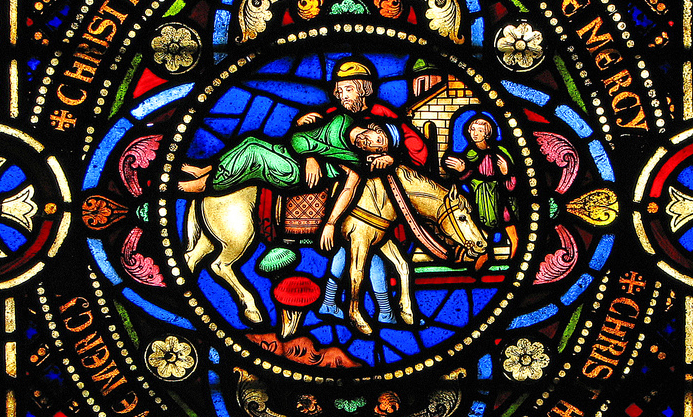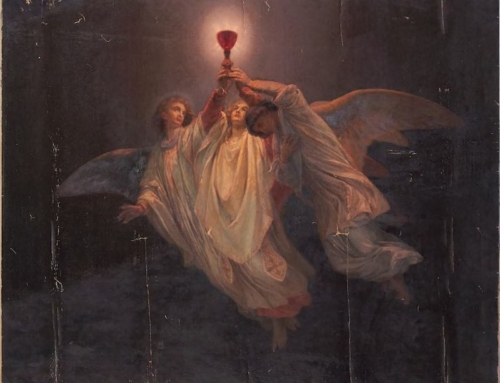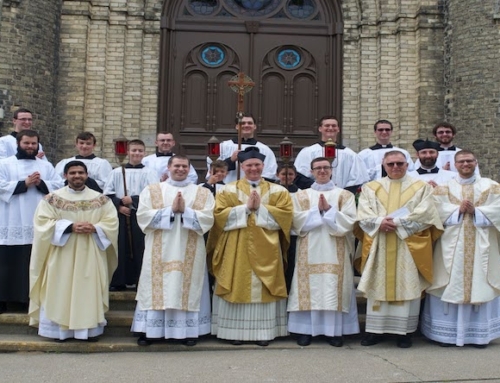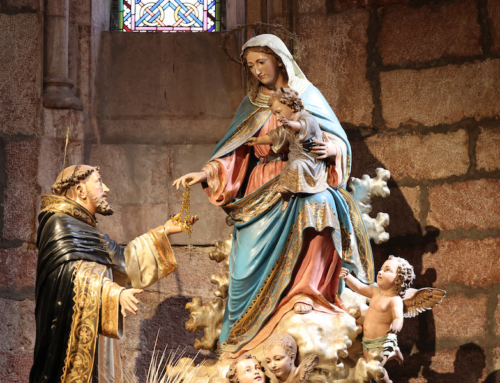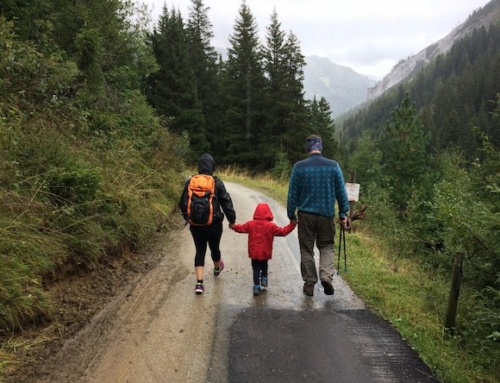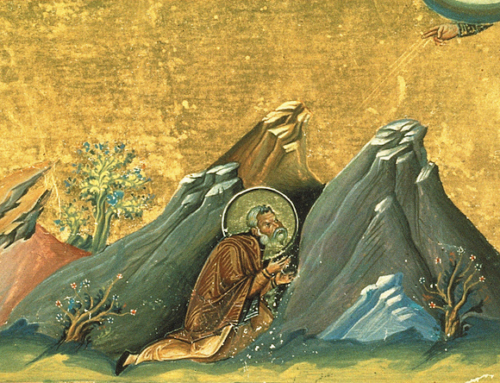What were we waiting for, again? Advent gave us a time to wait for something. And then waiting ended, and we celebrated. What were we waiting for, and what were we celebrating?
“Christmas, you doofus!” I hear you yelling. “What a pedantic question!” But while you may know what Advent is preparing for on paper, can you say what it prepared you for? Did you get what you were waiting for, or is everything just back to normal, just as the Church is back to wearing green today?
The yearly cycle shows us, over and over, the saving mysteries of the life of Christ. It is necessary to apply ourselves, to take up observances, to prepare and to recap, reading, remembering, meditating, praying. I’d like to propose here one way to recap, a way to see what Christmas means now that it’s over.
*
Isaiah is the Advent prophet. That’s because he tells us about Christ’s coming. He proclaims God’s mercy, but also reminds us just how much we need it. So at the beginning of his book, he gives a powerful discourse on the sinfulness of the people, how sick they are because of their sins. Here’s a little part of it:
Why will you still be struck down,
that you continue to rebel?
The whole head is sick,
and the whole heart faint.
From the sole of the foot even to the head,
there is no soundness in it,
but bruises and sores
and bleeding wounds;
they are not pressed out, or bound up,
or softened with oil.
Yeah, it’s kind of gross, and the medicine might be a little old-fashioned, but the message is clear: “Why are you still rebelling against God? You are already so sick, and you’re just making yourself worse! You need someone to bind your wounds, to soften them with oil. You need a healer!”
That’s what we wait for in Advent: a healer. And that’s who comes at Christmas. Advent is a time of penance and purple (like our wounds). We recall our slavery to sin, our sickness, waiting for someone to come and offer us health, to free us to love and worship God. And that’s who comes at Christmas. Jesus Christ, the healer, the liberator.
Pay attention when Jesus’ parable of the Good Samaritan uses Isaiah’s image. When the good Samaritan had compassion on the beaten man, he “bound up his wounds, pouring on oil and wine.” The Fathers of the Church understood this Samaritan to represent Jesus, who comes to us when we desperately need his help. And recall what the Samaritan did next: “He set him on his own beast and brought him to an inn, and took care of him.” Jesus brings us to the Church as a place to recuperate, to gain our strength to continue on the way.
That’s where you are now. Jesus has come. At Baptism, he binds up the wounds of our sin and sets us on the path of health. He brings us to the Church, where we are fed, where he heals us in Confession if we turn back to our sickness. He strengthens us for our final journey. You are at the inn. That’s where you are now, after Advent and Christmas. Listen to Jesus, keep going to him in Confession, in the Eucharist, and he will heal you. Once, twice, and forever.
✠
Photo by Fr. Lawrence Lew, O.P. (used with permission).

